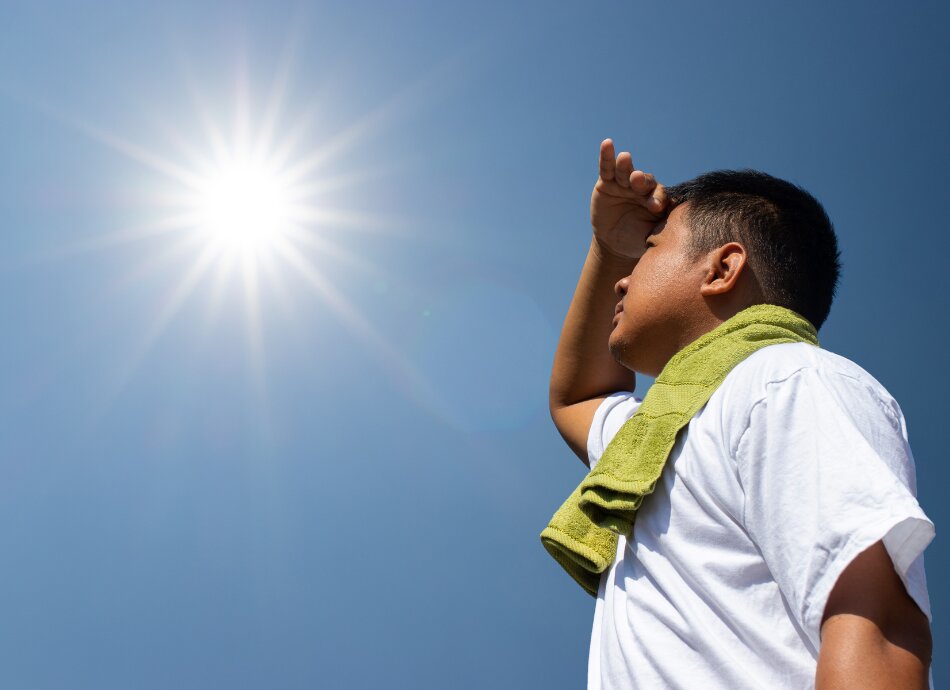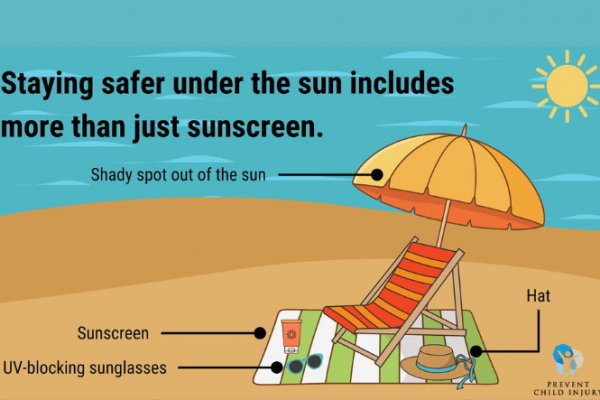As general guide, the Cancer Society of NZ recommends the use of broad-spectrum, SPF30+ sunscreen. Broad-spectrum sunscreen gives extra protection because it filters out both UVA and UVB rays.
- UVA causes ageing of the skin and long-term damage.
- UVB radiation penetrates the skin’s top layer, causing sunburn, and long-term damage. Both UVA and UVB contribute to the development of skin cancer.
- SPF stands for sun protection factor. It’s the measure of how much UV gets through the screen. The higher the number, the less UV passes through.
No sunscreen provides 100% protection from UV radiation. If you have fair skin that burns easily, you should choose an SPF 50+ broad-spectrum sunscreen.

Image credit: 123rf
Choosing the right sunscreen depends on how sensitive your skin is to burning and to cosmetics, how dry or oily your skin is, previous sun and skin cancer history, and your general medical history.
- If you have sensitive skin that has trouble tolerating sunscreens or cosmetics, look for hypoallergenic/low irritant sunscreens. Products containing titanium dioxide and zinc oxide may be the most suitable options. Read more about sunscreen allergy,(external link)
- You may like to try a variety of sunscreen samples before deciding what you will use regularly.
- If you're still having rashes you might have a sunscreen allergy and need to undergo allergy patch testing to identify a particular ingredient in sunscreen products that's causing the problem.
- If your skin is dry you would benefit from a sunscreen in a moisturising cream or ointment.
- If you have oily skin, or easily get acne, choose a sunscreen in a lighter base, such as an alcohol-based lotion, spray or gel.
- Lighter sunscreens are also better on areas of hairy skin.
- Special sunscreen sticks are suitable for nose, lips and around your eyes.
Read more about how to choose and use a sunscreen.(external link)







